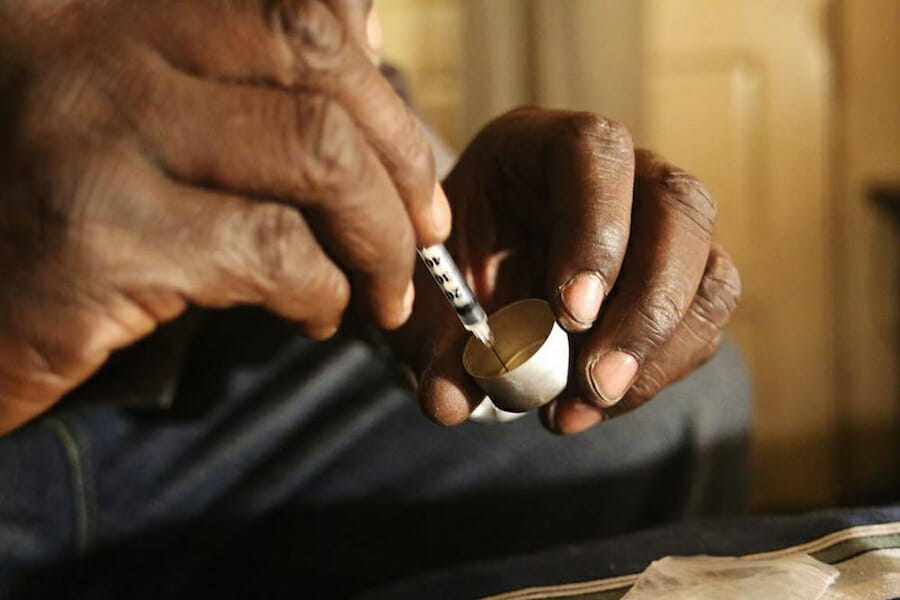
Addiction Treatment is Only Effective Way to Fight Opioid Crisis
Imagine a country where over two million people are addicted to opioids. A country where more than 90 people overdose on opioids every day. A country where babies are born already suffering from the symptoms of opioid withdrawal. Sadly, you do not need to imagine it because this is the current reality of the United States.
The war on drugs does nothing to help the two million Americans suffering from opioid addiction. We need a new policy: Softer sentencing for personal drug possession and much greater access to low-cost, accessible addiction treatment. Softer sentencing would require meeting with medical staff, rather than a judge, who would provide information about addiction treatment. This policy can be effective only if every drug abuser receives treatment opportunities.
The opioid epidemic dates from the late 1990s, when doctors began to do more to address patients’ pain. Pharmaceutical companies took advantage and pushed doctors to prescribe “safe and effective” opioids. Doctors continually overprescribed these drugs, which led to alarming increases in the rates of abuse and addiction.
By 2003, the Food and Drug Administration began to recognize this issue; however, it was not until 2016 that the Center for Disease Control released guidelines for safe opioid prescription practices. While this is a step in the right direction for preventing future cases of addiction, this does not help those who are already suffering.
Pharmaceutical companies and doctors are not the only ones to blame. A clamp down on legal prescription of opioids leads addicts to turn to drug dealers. The high price of illegal painkillers also pushes some addicts to purchase heroin instead. Others will turn to potent and deadly fentanyl.
The policy of arresting anyone found with illegal drugs is ineffective at stopping drug abuse as well. Drug traffickers operate sophisticated organizations, making it difficult to eliminate the entire trade. Additionally, people arrested for drug possession are likely to relapse once released from prison.
Some of the reasons that softer sentencing and addiction treatment would be advantageous include:
Fewer inmates: From 1993-2011, drug crimes made up approximately one-third of the total number of prison admissions in the US. Softer sentencing would not bring this number to zero but it would be significantly lower.
Cost effective: On average, the cost of housing an inmate is $24,000 per year. The average cost of addiction treatment per patient is $12,500 per year. On top of that, according to the National Institute on Drug Abuse, for every dollar spent on addiction treatment, there will be a return of $4 to $7.
Improves public health: Without the risk of arrest, drug abusers will be more likely to seek help instead of waiting until it is too late. Additionally, women who are able to get treatment before becoming pregnant will reduce the number of babies born with addiction.
This policy does not guarantee that drug abusers will follow through with addiction treatment. However, people are more likely to continue treatment if they are encouraged, not forced to go. People could relapse after receiving treatment, which would increase costs. In order to prevent relapse, part of the treatment program should include volunteers who will act as a support network.
This policy will allow the United States to help current addicts while the 2016 CDC guidelines take hold. Additionally, if law enforcement repeatedly cites a person for carrying a “personal supply” of drugs, the police can take the person in for further investigation to ensure that he or she is not taking part in drug trafficking.
The United States is a nation that rises to any challenge. Today, that challenge is the opioid epidemic. Through softer sentencing and addiction treatment, the US can help those who are already suffering from addiction–and make significant improvements in their lives, families and communities.

